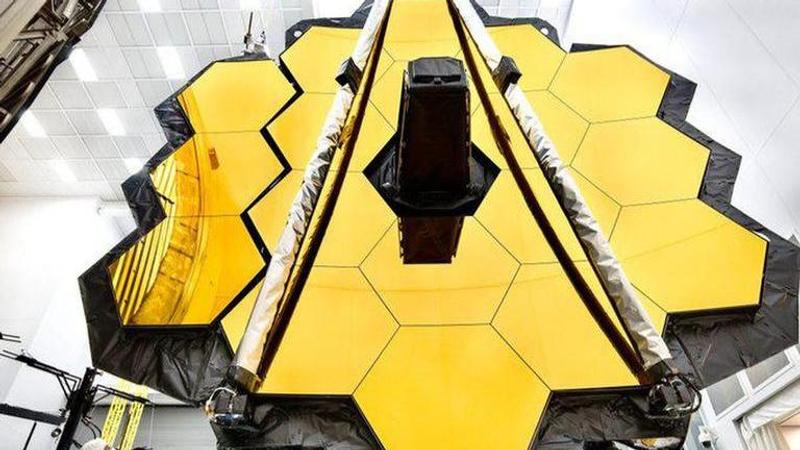Published 16:56 IST, January 25th 2022
James Webb Space Telescope enters orbit after 1.5 Mn km journey; here's what lies next
Webb is now installed at the second Lagrange point (L2), a location which it arrived at after travelling 1.5 million kilometres since its launch on December 25.

Scientists can now take a sigh of relief as they successfully parked the James Webb Space Telescope in its permanent location on January 25. Webb is now installed at the second Lagrange point (L2), a location which it arrived at after travelling 1.5 million kilometres since its launch on December 25. Around 12:30 am (IST) on Tuesday, the mission Webb team fired the telescope’s thrusters for five minutes to perform the necessary manoeuvres so as to place Webb at L2.
“Webb, welcome home! Congratulations to the team for all of their hard work ensuring Webb’s safe arrival at L2 today. We’re one step closer to uncovering the mysteries of the universe. And I can’t wait to see Webb’s first new views of the universe this summer!”, said NASA Administrator Bill Nelson while acknowledging the milestone.
What's next for the multi-billion dollar observatory?
Now that the observatory has entered its orbit, the next step would be to turn on Webb's science instruments. According to the schedule, the instruments will be activated approximately two to three months, meaning scientists have some time before they move on to the next step. Webb is equipped with four instruments- the Near Infrared Camera, the Mid Infrared Instrument, the Fine Guidance Sensor and two different Near-Infrared Spectrographs. During this time, the telescope’s optics will also be aligned to nearly nanometer precision now that the primary mirror segments and secondary mirror have already been deployed.
Once these instruments are activated, the engineers will test their capabilities before the operations commence. This process is likely to begin around four to six months after the launch. Finally, it will be after the testing of these instruments that the science observations will begin in full swing over six months after the launch. The telescope has been jointly built by NASA, the European Space Agency and the Canadian Space Agency at a sum of whopping $10 billion. Considered a successor of the Hubble telescope, Webb will also succeed as the most powerful telescope ever built owing to its unmatched capacity to detect infrared light and the 21-foot gold plated mirrors that would help it in doing so.
Image: Twitter/@NASA
Updated 16:57 IST, January 25th 2022



